Space.com contributing writer Stefanie Waldek is a self-taught space nerd and aviation geek who is passionate about all things spaceflight and astronomy. With a background in travel and design journalism, as well as a Bachelor of Arts degree from New York University, she specializes in the budding space tourism industry and Earth-based astrotourism. In her free time, you can find her watching rocket launches or looking up at the stars, wondering what is out there. Learn more about her work at www.stefaniewaldek.com.
Latest articles by Stefanie Waldek
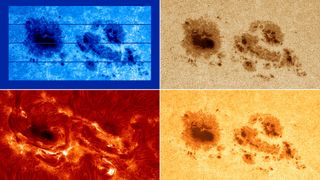
Rare images reveal active sunspots minutes before they unleashed powerful X-flares that caused November 2025's stunning auroras
By Stefanie Waldek published
We don't often get a good look at X-class solar flares from ground-based observatories.
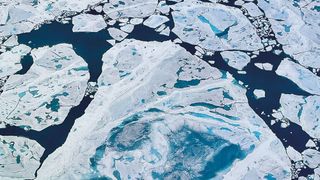
Europe could get 42 more days of summer by the year 2100 due to climate change
By Stefanie Waldek published
It all comes down to the difference in temperature between the North Pole and the equator.

Mysterious lava puddles in Earth's mantle may hold clues about the origin of life: 'These are not random oddities'
By Stefanie Waldek published
Two perplexing structures deep inside Earth might be ancient remnants of our early planet, and they could hold clues about the origin of life.
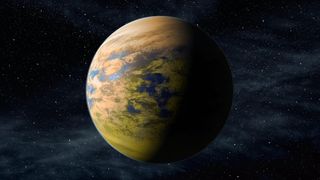
Could alien life be found in the clouds of an exoplanet?
By Stefanie Waldek published
It's based on the colorful microorganisms that live in the clouds on Earth.
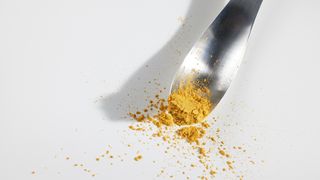
Europe wants to make space food out of thin air and astronaut pee
By Stefanie Waldek published
The European Space Agency's HOBI-WAN project will test a food-production method on the International Space Station that could be used for long-duration missions to the moon and Mars.
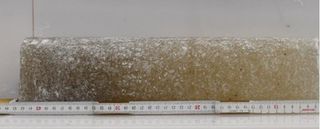
Scientists discover oldest air on record trapped in 6-million-year-old Antarctic ice
By Stefanie Waldek published
Scientists working with the Center for Oldest Ice Exploration (COLDEX) have collected the oldest directly dated ice cores ever drilled: 6 million years old.
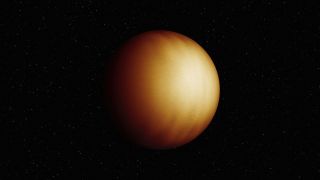
Scientists use James Webb Space Telescope to make 1st 3D map of exoplanet — and it's so hot, it rips apart water
By Stefanie Waldek published
Using the James Webb Space Telescope, scientists mapped the ultra-hot Jupiter WASP-18b in three dimensions, uncovering a blistering hotspot where water molecules are torn apart.
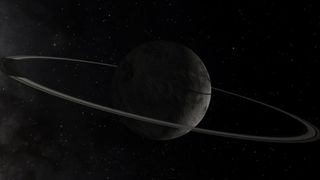
Scientists watch rings forming around a solar system world for the 1st time
By Stefanie Waldek published
Chiron is forming a ring system, and scientists seem to have caught the action.
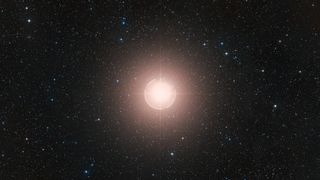
Giant star Betelgeuse has a 'Betelbuddy' — and it's very little indeed
By Stefanie Waldek published
Astronomers have sighted Betelgeuse’s mysterious companion — and it’s turning out to be full of surprises.
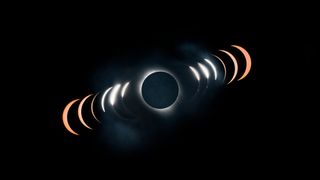
The total solar eclipse 2024 tricked birds into singing a 'false dawn chorus'
By Stefanie Waldek published
Just four minutes of darkness was enough to confuse dozens of species of birds.
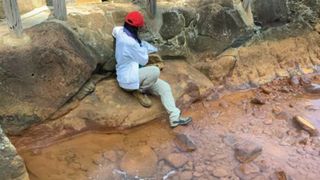
Secrets of ancient life on Earth may live in Japan's hot springs
By Stefanie Waldek published
Ancient iron-metabolizing microbes may have turned toxic oxygen into an energy source.
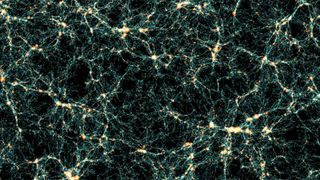
The largest-ever simulation of the universe has just been released
By Stefanie Waldek published
The team behind Europe's Euclid space telescope just published the world's most extensive simulation of the universe, which maps an astonishing 3.4 billion galaxies.
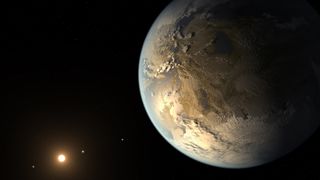
No near neighbors: Closest technologically advanced aliens may be 33,000 light-years from Earth
By Stefanie Waldek published
A new study suggests that, without plate tectonics and the right balance of carbon dioxide and oxygen, advanced alien civilizations may be exceedingly rare.
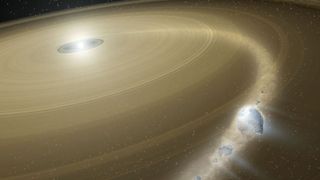
Hubble Space Telescope watches dying star chow down on a Pluto-like world filled with ice
By Stefanie Waldek published
Scientists didn't expect to find the remnants of an icy world around this extremely dense white dwarf star.
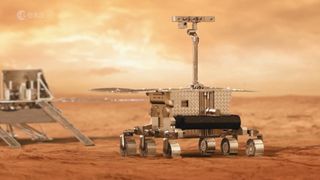
Landing site for Rosalind Franklin rover may be ripe with clues about ancient Mars life
By Stefanie Waldek published
Natural geologic processes at Mars' Oxia Planum may improve the Rosalind Franklin rover's chances of detecting organic compounds.
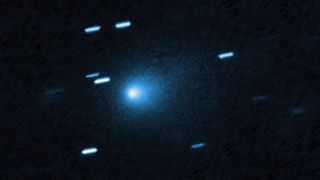
Are interstellar invaders like comet 3I/ATLAS seeding the universe with exoplanets?
By Stefanie Waldek published
Alien objects may be seeding the universe. Here's what that means.
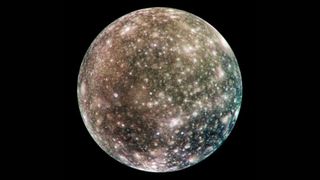
Juno spacecraft finds auroral 'footprints' of Jupiter's moon Callisto for 1st time
By Stefanie Waldek published
Yes, even Jupiter's moons produce auroras.
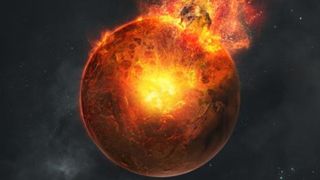
Huge chunks of ancient cosmic objects may be stuck inside Mars
By Stefanie Waldek published
Data from NASA's InSight lander suggests there's a chunky mix beneath the surface of Mars.

The interstellar comet 3I/ATLAS is wrapped in carbon dioxide fog, NASA space telescope reveals
By Stefanie Waldek published
The interstellar visitor appears to have a lot in common with its solar system brethren.

How old is Jupiter? Meteorite 'raindrops' help scientists pin down gas giant's age
By Stefanie Waldek published
Scientists have solved how molten "raindrops" in meteorites, called chondrules, were formed — and the discovery reveals key details about Jupiter's origin.

'Devil Comet' contains 'strongest evidence yet' that comets delivered water to Earth
By Stefanie Waldek published
While observing the Halley-type comet 12P/Pons-Brooks with ALMA and NASA's Infrared Telescope Facility, researchers determined that the comet's water is strikingly similar to the water on Earth.

Is water really a necessary ingredient for life? Aliens may swim in truly exotic pools
By Stefanie Waldek published
A new study finds that liquids other than water might be able to support life on worlds beyond Earth, potentially expanding the envelope of life throughout the cosmos.

Mars orbiter looks deep into chasms and valleys on the Martian surface
By Stefanie Waldek published
ESA's Mars Express spacecraft has been imaging the dynamic Acheron Fossae region of Mars for more than 20 years.

Astronomers use starlight to measure greenhouse gases in Earth's atmosphere
By Stefanie Waldek published
Scientists have developed an algorithm called Astroclimes, which transforms stargazing instruments into climate sensors that measure greenhouse gases in Earth's atmosphere.

James Webb Space Telescope spots a potential new exoplanet just 4 light-years away from Earth
By Stefanie Waldek published
Astronomers using NASA's James Webb Space Telescope have found strong evidence for a new exoplanet — one orbiting Alpha Centauri A, the nearest sun-like star to Earth.
Breaking space news, the latest updates on rocket launches, skywatching events and more!

